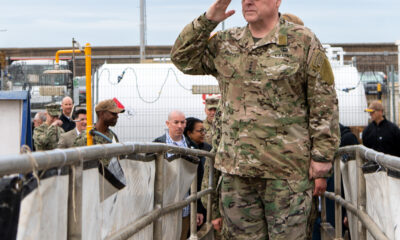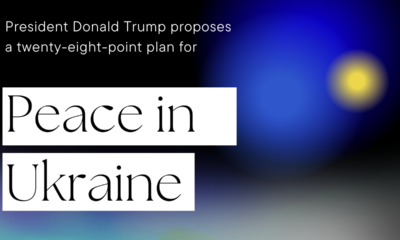Civilization
Ukraine Negotiations: Widen the Aperture
The United States is negotiating directly with Russia to bring the Ukraine War to a swift end. But the real objective could be to create a new alignment – against China, which poses threats to America and Russia both.
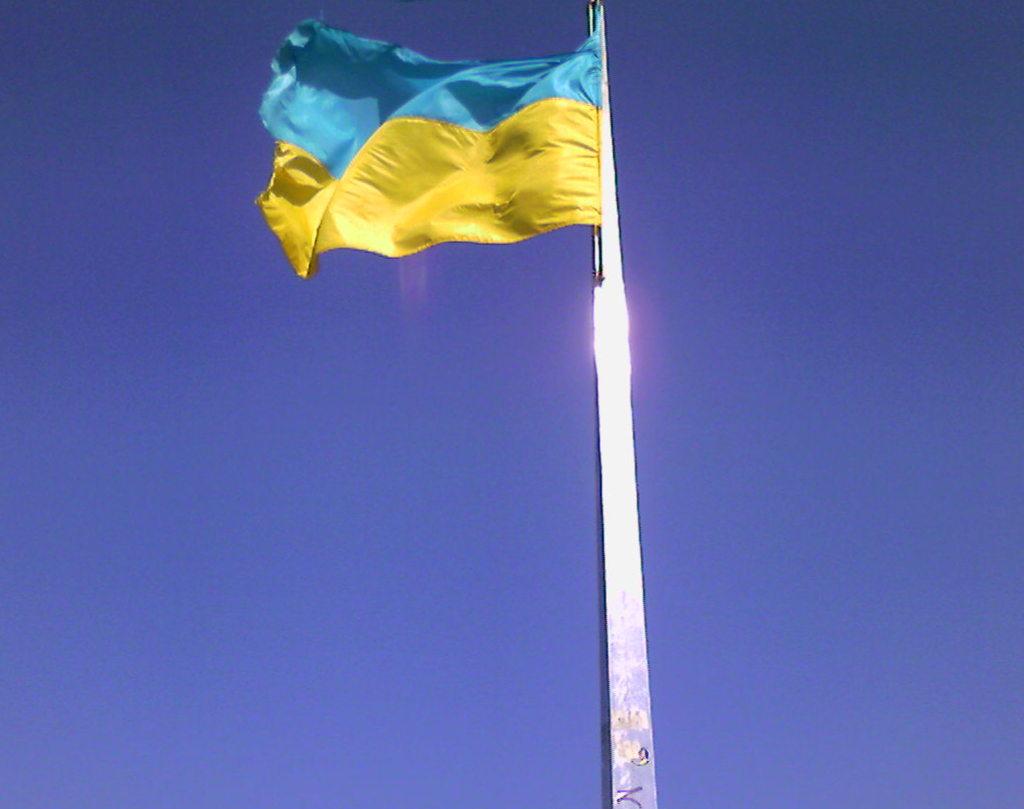
Is someone in the Trump administration seeing China as the ends, with Ukraine and a deal being the ways and means, in the current negotiations with Russia on Ukraine taking place in Saudi Arabia?
The real Ukraine talks parallel could be the recognition of the USSR as a counterweight to Nazi Germany and Imperial Japan
A recent Battleground1 podcast compared the current U.S.-Russian negotiations over Ukraine with the 1938 Munich Agreement, where the U.K. and France sacrificed the Sudetenland of Czechoslovakia to Germany in the name of appeasement. Time will tell if this analogy was accurate.
Widening the aperture to a global geopolitical perspective, another parallel could be President F.D. Roosevelt’s recognition of the USSR in November 1933, ending 16 years of non-recognition. While there were many factors contributing to that recognition, the President’s decision would have been influenced by Imperial Japanese inroads on the Asian mainland and the National Socialist (Nazi) Party’s becoming the largest single party in the Reichstag that year. At that time, the U.S.’s full diplomatic recognition could help the U.S.’s depression-era economic situation but also would potentially align the USSR as an actor that geographically separated the two potential future enemies.
Similarly, President Nixon’s and Secretary of State Kissinger’s decoupling of the Soviet Union and China — the perceived communist monolith — to help extricate the U.S. from the Vietnam War is another comparable move to separate aligned enemies.
Preventing an alignment of Russia and China
Over a century ago Harold Mackinder warned that whoever controlled the “heartland” (Eurasia) would have control of over 50% of the world’s resources, have the advantage of interior lines and a central position, and would therefore rule the world. Today’s alignment of Russia and China, united in opposition to the current U.S.-led international rules-based order, would essentially control the heartland and therefore the world. It is in the U.S.’s national interest that such a hegemony is not realized.
China is a near-term threat to the U.S. and a recognized long-term threat to Russia. A U.S.-Russia deal, good, bad or indifferent for Ukraine, could benefit both the U.S. and Russia. Should Russia exact security guarantees along its western boarders, along with economic benefits from the negotiations, but accept recognition of Ukraine’s sovereignty, it could focus on the threat to the east, China. In turn, the U.S. would benefit by being able to focus on a singular peer competitor in China, while simply monitoring Russian compliance as Europe reinvigorates its own deterrent capability.
U.S. credibility will suffer a blow from pulling away from the Russia threat in Europe, but hopefully only temporarily. In the context of great power competition, the major players are undeniably the U.S. and China, with Russia a close third. NATO, the EU or Europe are seldom included. The Russo-Ukrainian war, often mischaracterized as a three-year war despite Russia’s 2014 invasion, accentuates the ineffectiveness of many of the aforementioned entities to find a solution to the crisis.
Realign to counter China
The Minsk Agreements have had a minimal impact on the war other than a brief cessation of hostilities. Personally, having 16 years of NATO experience, in uniform and as a civilian, NATO is primarily a political body. A quickly negotiated end to hostilities in Ukraine will likely be counter-productive to President Trump’s call for increased defense spending amongst NATO members.
Similar demands during Trump’s first term in office failed. Member’s defense spending did increase as a result of the renewed Russian assault in 2022, but a ceasefire agreement would likely disincentivize increased or continued levels of defense spending. Percentages of GDP for defense spending are quantifiable political goals and potential political victories, but a more meaningful metric would be the synergistic effectiveness of collective combat-power generation rather than individual national-focused acquisition.
A stronger, U.S.-involved NATO, with an aligned-by-necessity Russia would be a more effective balance to, or power over, China. A stronger, U.S.-involved NATO also benefits Europe and for the U.S. it maintains the U.S.-European partnership rather than create a future competitor.
The Ukraine negotiations might have a wider objective
If this is indeed the unspoken U.S. objective of the U.S.-Russia negotiations, it would appear to make sense. No single entity would control Mackinder’s “Heartland,” a degree of stability would be achieved in a bi-polar world, and the U.S. would retain the necessary degree of power.
When Britain no longer ruled the waves, the U.S. was positioned to assume its position post-WWII as the leader of the Rules-Based International Order; today there is no such nation positioned to assume that responsibility should the U.S. relinquish it.
While issue may be taken with Thucydides ‘the strong do what they can and the weak suffer what they must,’ a negotiated peace based on the above would alleviate the suffering, foster stability, and enable redirection towards the common threat posed by China.
Public announcements are neither policy, nor the basis of negotiations. Russia has long excelled at maskirovka and reflexive control; maybe, just maybe, the U.S. is playing that game.
This article was originally published by RealClearDefense and made available via RealClearWire.
1 Battleground-Ukraine; #254, 13 Feb 2025
Mike Kelly is a currently an associate professor at the U.S. War College. A retired U.S. Marine infantry officer, Mike has sixteen years of experience in NATO, last service as the senior intelligence analyst/SOSA at the operational/joint force command level.
The opinions expressed in any article published on this site are the author's own and not that of the U.S. War College or other institution.
-
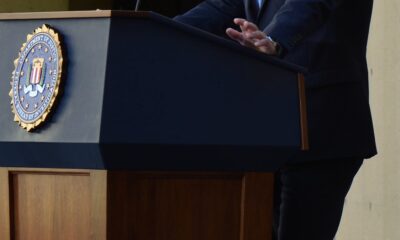
 Civilization4 days ago
Civilization4 days agoDC Pipe Bomb Arrest Raises Questions About Christopher’s Wray’s FBI
-

 Civilization5 days ago
Civilization5 days agoThe Legal Logic Behind U.S. Operations Against Narco-Terrorist Networks
-

 Executive5 days ago
Executive5 days agoNewsom’s ‘National Model’ for Homeless Wracked by Fraud
-

 Executive4 days ago
Executive4 days agoWhen You’re in a Hole, Stop Digging
-

 Executive2 days ago
Executive2 days agoWaste of the Day: Obamacare Failed Test, Approved Fraudulent Subsidies
-

 Education3 days ago
Education3 days agoWaste of the Day: Taxpayers Subsidize Football Coach Severance
-
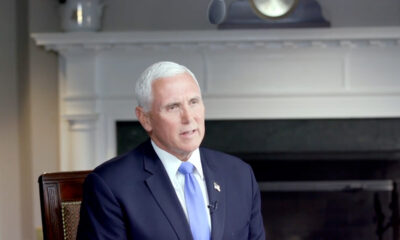
 Civilization3 days ago
Civilization3 days agoPence Calls on Trump To Fire RFK Jr Over Abortion Drug
-

 Executive4 days ago
Executive4 days agoWaste of the Day: Feds Pay Nonprofits That Sue the Government


